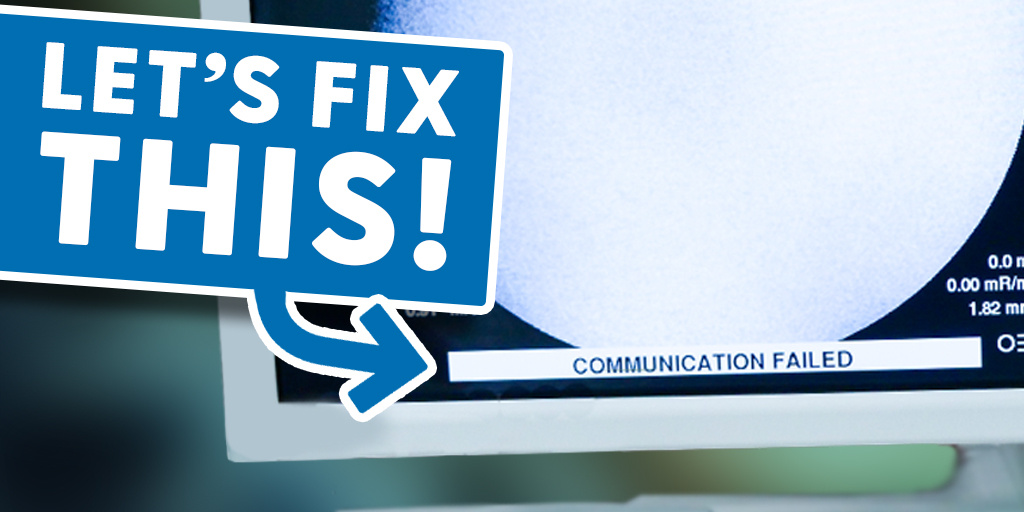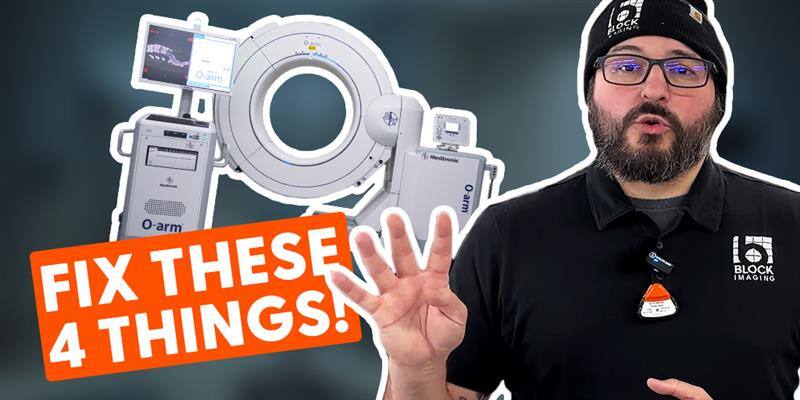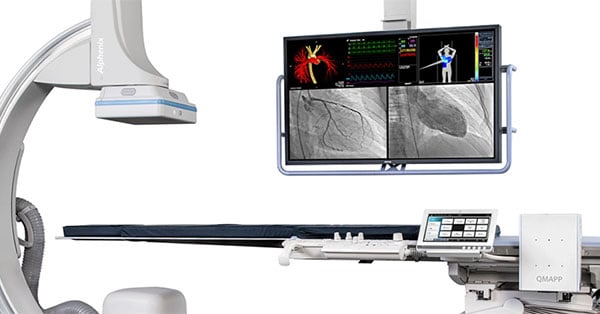
For years, the options in hemodynamic monitoring have been somewhat limited, with the GE MacLab as a popular frontrunner and only a handful of other manufacturers bringing models to market. Block Imaging is proud to help broaden the selection with the QMAPP Patient Monitoring Solution from Fysicon.
While the QMAPP certainly covers all your monitoring needs in the cath lab, the possibilities for additional uses are so much greater. Below, we'll share the details on what the QMAPP can do for your patients throughout their stay at your facility.
About QMAPP Patient Monitoring
If you're not familiar with Fysicon, you've probably heard of their parent company, Canon. Canon/Fysicon have been offering QMAPP with their newer cath systems for the last several years, but there's no reason QMAPP needs to stay in the lab.
Monitoring the Full Patient Journey
QMAPP is a patient monitoring solution that accommodates all stages of the patient experience, from pre-op, to procedure, to post-op. It's compact, light-weight, and connects with a single cable. This flexibility and ease save time and simplify workflows for your team. With a handful of QMAPP units, you can manage hemodynamic monitoring for your entire cath lab docket. Here's how it works:
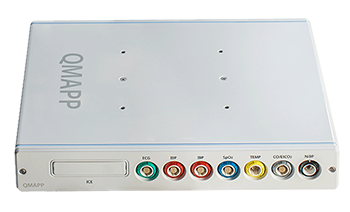 Using a QMAPP setup begins with a QMAPP Recovery Station in the pre-op area. The Recovery Station is a basic monitoring device tracking vital signs, patient condition, and medication use. The unit can be placed on a permanent mount, or on a trolley for portability.
Using a QMAPP setup begins with a QMAPP Recovery Station in the pre-op area. The Recovery Station is a basic monitoring device tracking vital signs, patient condition, and medication use. The unit can be placed on a permanent mount, or on a trolley for portability.
When it's time for the patient to be moved to the operating area, monitoring on the Recovery Station is paused, and the patient is disconnected. At the operating table, the cord is reconnected to the QMAPP Hemo unit, a more fully-featured monitor with advanced calculations, and monitoring resumes. Vitals, condition, meds- even nurse and tech notes are being charted. Samples are being taken and automatic calculations are being performed by the QMAPP system.
When the patient procedure is finished, monitoring is paused again and the patient is disconnected from the QMAPP Hemo. From there, they move to the recovery area and are reconnected to a QMAPP Recovery Station. Monitoring resumes again and data recording continues. At patient discharge, the complete dataset of all stages is stored.
On top of the QMAPP Recovery Station and QMAPP Hemo, there is an optional Nurse Charting Station. This tool is positioned inside the lab and allows users to scan materials and devices to record exactly what they've used over the course of serving a given patient.
Technical Ease
Fysicon has also made QMAPP easy to use, addressing technical concerns that other hemo monitoring systems struggle with.
Having a patient on the table is not the time to have network connectivity issues. QMAPP's single-cable swapping is essentially "plug-and-play" from the QMAPP Recovery Station monitoring the patient in the pre-op phase to the QMAPP Hemo system in to the operating room with only a brief pause in monitoring during transport.
QMAPP systems are also based on the familiar Microsoft Windows platform. This familiarity helps reduce the learning curve for users that are new to QMAPP.
Vital Parameters
The QMAPP patient monitor is equipped to monitor the following array of vital signs:
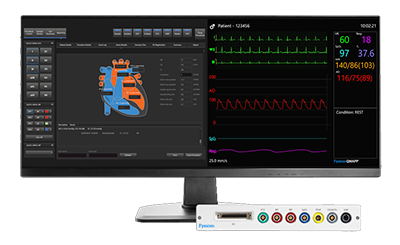 ECG (12 leads)
ECG (12 leads)- HR
- Respiration rate
- IBP (4 channels)
- SpO2
- EtCO2
- NiBP
- Thermodilution CO
- TEMP
- FFR
The Takeaway
Other hemo models monitor effectively during the operating procedure, but they don't make it easy to get a full picture of a patient's condition as they prepare, or as they recover. QMAPP offers a deeper, richer dataset for physicians to refer to as they craft treatment.
Additionally, if your past experiences with hemodynamic monitoring have been marked by workflow inefficiency and networking issues, QMAPP offers solutions in those areas too. Compact equipment that swaps with a single cord and records nurse and tech annotations along the way can bring significant time savings into your lab and even more depth to the data your physicians can access.
If you'd like to explore the possibility of bringing QMAPP to your facility further, our team is ready to help! Use the button below to ask any questions you might have, or give us a call at 517-668-8800.

Kenn Dextrom
Kenn Dextrom is the Director of Product Manager at Block Imaging. He aims to provide clear direction and careful planning for Interventional Cath Lab buyers and working with the Block Imaging product team to provide excellent solutions for our customers. Out of the office, he spends most of his time keeping up with his wife and their three energetic sons.


